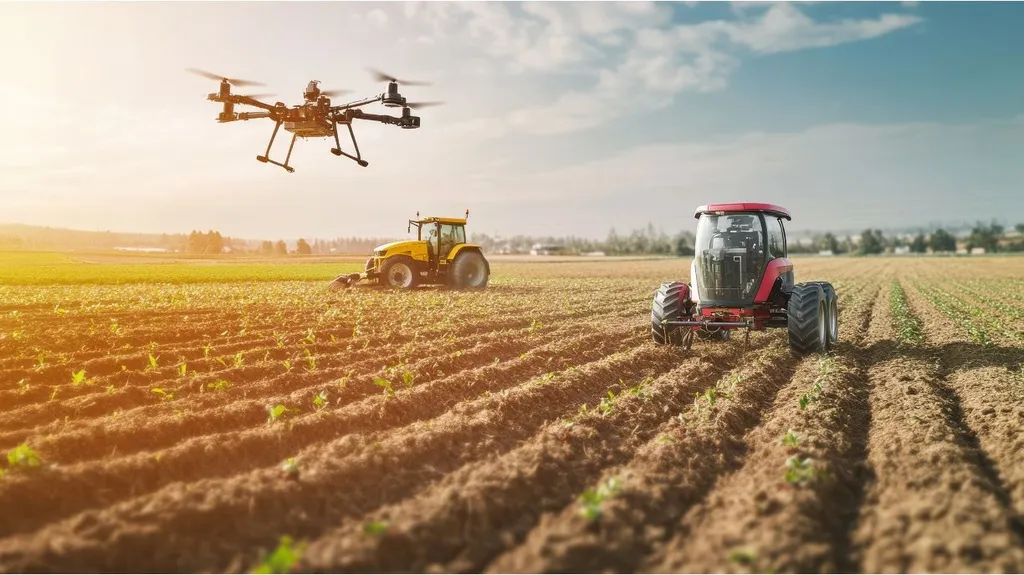In the heart of Yunnan province, a groundbreaking study is transforming how we monitor soil moisture in red soils, a critical factor for optimizing water use and boosting agricultural productivity. The research, led by XING Mingjie from the College of Water Conservancy at Yunnan Agricultural University, has been published in the journal ‘Guan’gai paishui xuebao’, and it’s sending ripples through the agritech community.
Red soils, known for their low water retention, pose significant challenges for farmers. “Efficient monitoring of soil moisture at large scales is required for optimizing water resource management and smart agriculture,” XING explains. His team has been investigating the feasibility of using multispectral remote sensing to indirectly measure the moisture content in these soils, a method that could revolutionize precision agriculture.
The study utilized unmanned aerial vehicle (UAV) multispectral images, capturing data from green, red, red-edge, and near-infrared bands, coupled with field-measured moisture data. The team selected 22 classical and improved spectral indices to construct an inversion model, then screened sensitive indices using three algorithms: the Pearson correlation coefficient (Pccs), variable importance in projection (VIP), and grey relational analysis (GRA).
The real game-changer came when they applied machine learning models to estimate soil moisture content using the optimized indices. Four models were compared: random forest (RF), back propagation neural network (BPNN), support vector regression (SVR), and light gradient boosting machine (Light-GBM). The combination of VIP and BPNN emerged as the most accurate, with statistical metrics of R2 = 0.72, RMSE = 3.36%, and RPD = 1.90.
This research is not just about improving soil moisture monitoring; it’s about empowering farmers with data-driven insights to make informed decisions. “The multispectral inversion model using VIP and BPNN effectively captured the spatiotemporal distribution of red soil moisture in the study area,” XING notes. This could lead to more efficient irrigation, reduced water waste, and ultimately, increased crop yields.
The commercial implications for the agriculture sector are substantial. By integrating additional spectral bands and environmental parameters, this model can be applied in smart agriculture and ecological management, paving the way for more sustainable and productive farming practices. As the agritech industry continues to evolve, this research could shape future developments in precision agriculture, offering a scalable solution for monitoring soil moisture in red soils and beyond.
In an era where water scarcity and climate change are pressing concerns, this study offers a beacon of hope for farmers and agritech innovators alike. The fusion of remote sensing and machine learning is not just a technological advancement; it’s a step towards a more sustainable and efficient future for agriculture.

